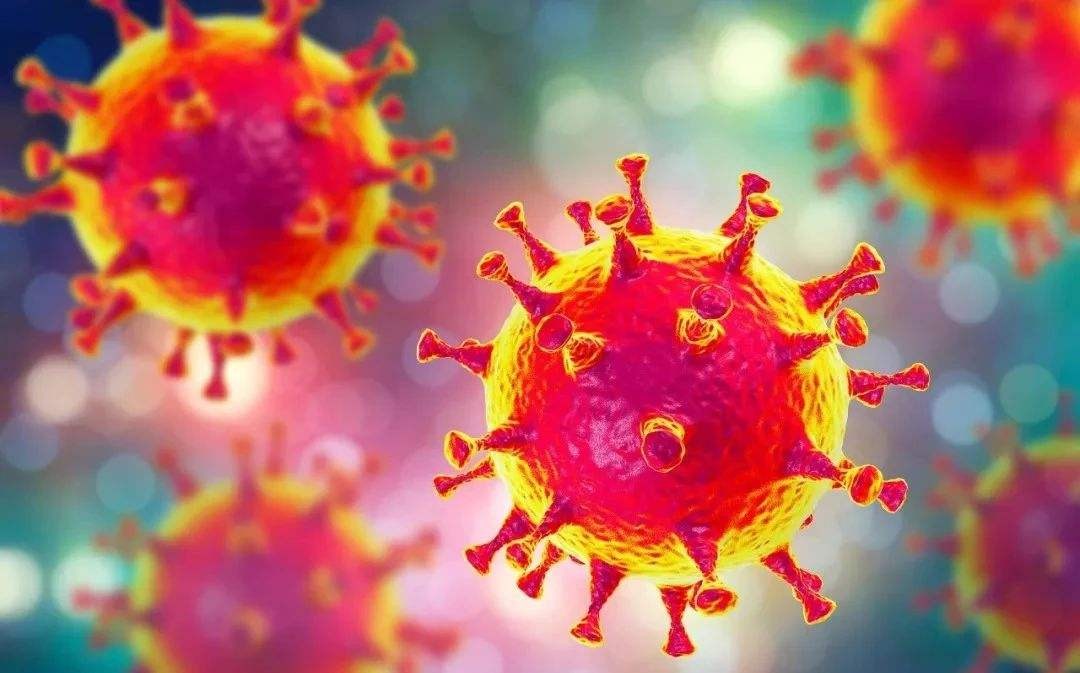
Analysis of the Possible Effects of HBOT on NCP
(1) Pathological Characteristics of NCP
For example, the National Health Commission issued a report on the treatment of pneumonia caused by new crown virus infection (fifth edition, hereinafter referred to as the guideline) and interviews with multiple expert treatment teams. Diffuse, progressive lung tissue inflammation, persistent progressive hypoxemia, multiple organ failure (especially liver and heart function) failure, and inflammatory cytokine waterfall (cytokine storm).
(2) Deficiencies in Atmospheric Oxygen Therapy
Various reports show that the oxygen therapy measures in NCP treatment have been continuously upgraded from nasal catheters, non-invasive ventilation to invasive mechanical ventilation, and even ECMO. This indicates that there may be treatment needs that cannot be met by oxygen at atmospheric pressure. The underlying reasons may be:
- Severe gas diffusion disorder and ventilation / blood flow ratio caused by interstitial lesions of the lung tissue are important reasons for the inability to correct hypoxemia with the support of ventilation.
- The systemic metabolic rate continues to increase due to inflammation. The amount of oxygen trioxide transported by hemoglobin transport cannot meet the body’s metabolic needs. The body is in a “chronic” hypoxic state of systemic tissues, especially the liver and heart tissues’ dependence on oxygen. Sex is more obvious. Therefore, in some patients, ECMO may still be insufficient to correct hypoxia in deep tissues and vital organs.
- The cumulative effect of “oxygen debt” may be one of the important triggers of the cytokine storm.
Advantages of HBOT
HBOT is based on the laws of gas physics related to pressure. The differences and advantages of HBOT from atmospheric oxygen absorption are:
- Improve the diffusion efficiency of oxygen, overcome the gas diffusion obstacle caused by interstitial lesions, as long as there is a certain amount of ventilation, you can obtain better gas exchange efficiency than normal people when breathing.
- The physically dissolved oxygen content in the blood is much larger than the combined hemoglobin transport capacity. It does not depend on the oxygen transport function of hemoglobin, and can meet the oxygen consumption of the body’s metabolic state.
- The diffusion distance of oxygen is increased, and the aerobic metabolism needs of deep tissues and hypoperfusion tissues are solved.
- HBOT can complete the repayment of “oxygen debt” in a short period of time, provide aerobic metabolism windows for deep hypoxic tissues and important organs, and play a good role in supporting treatment.
- A large number of studies have confirmed the effect of HBOT on immune cells and inflammation. The therapeutic effect of hyperbaric oxygen in acute high altitude pulmonary edema has been confirmed by a lot of literature. Intermittent HBOT can reduce the accumulation of “oxygen debt” load, or it can play a role in delaying and blocking cytokine storms.
Read the full article here.
